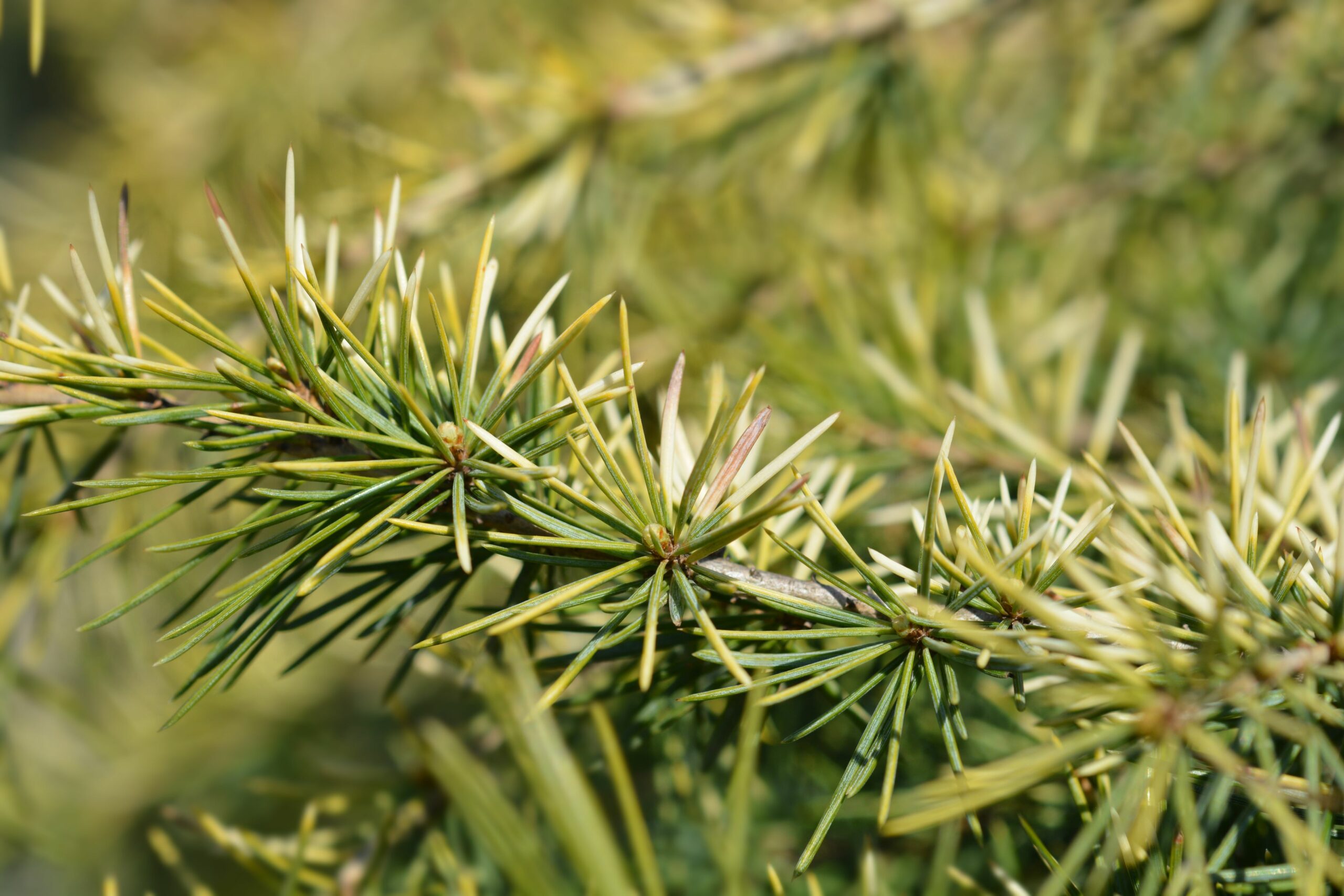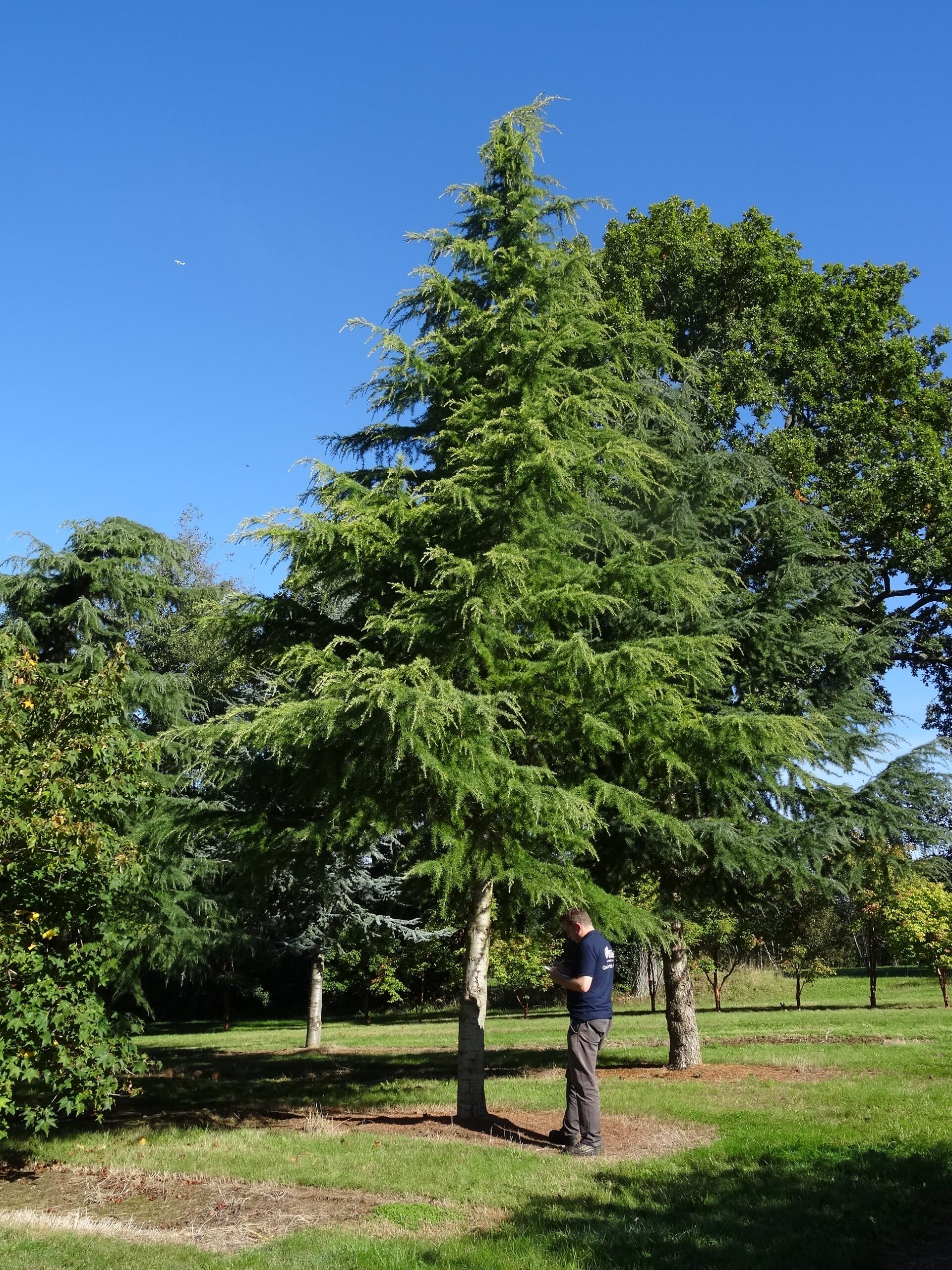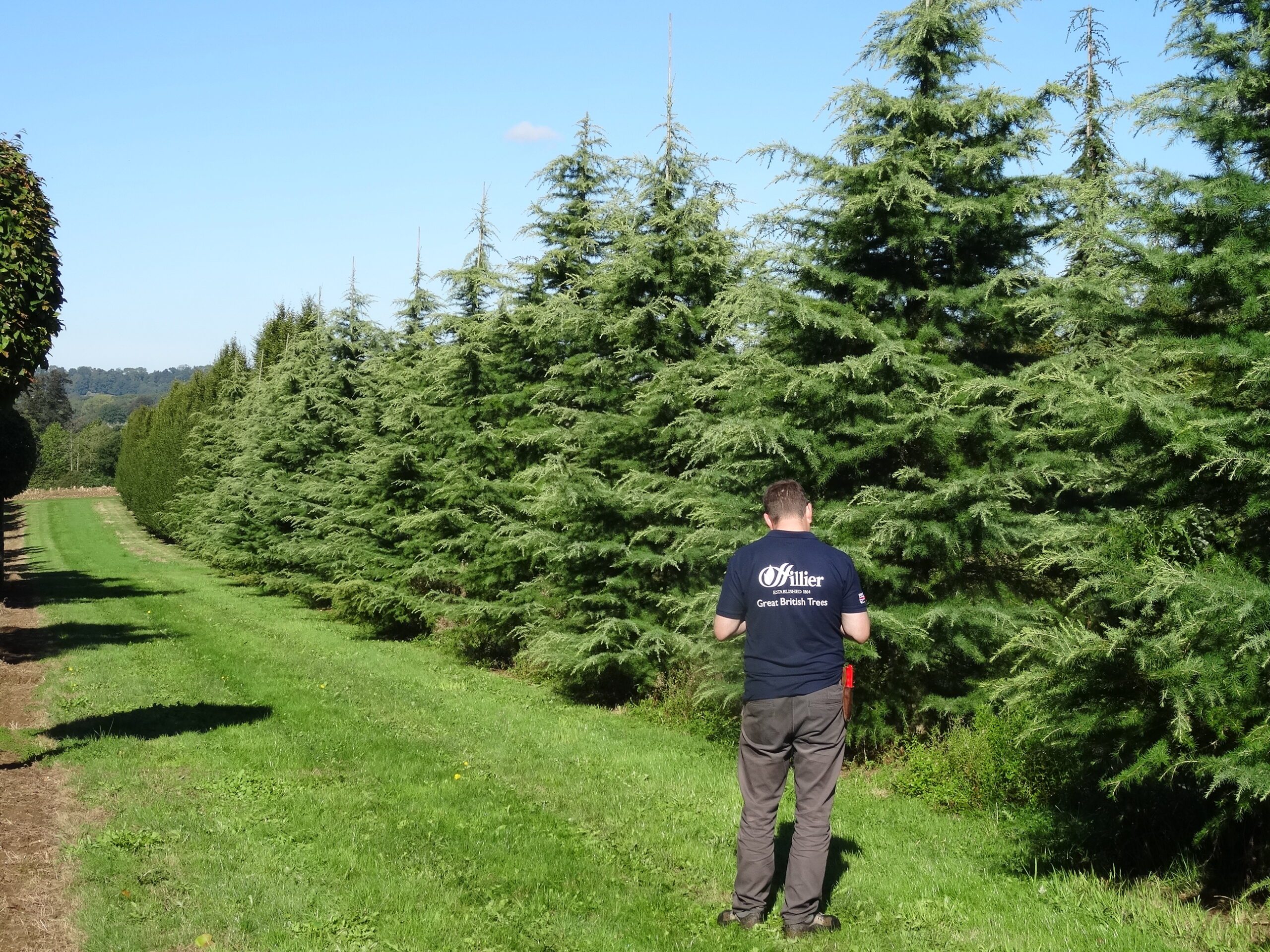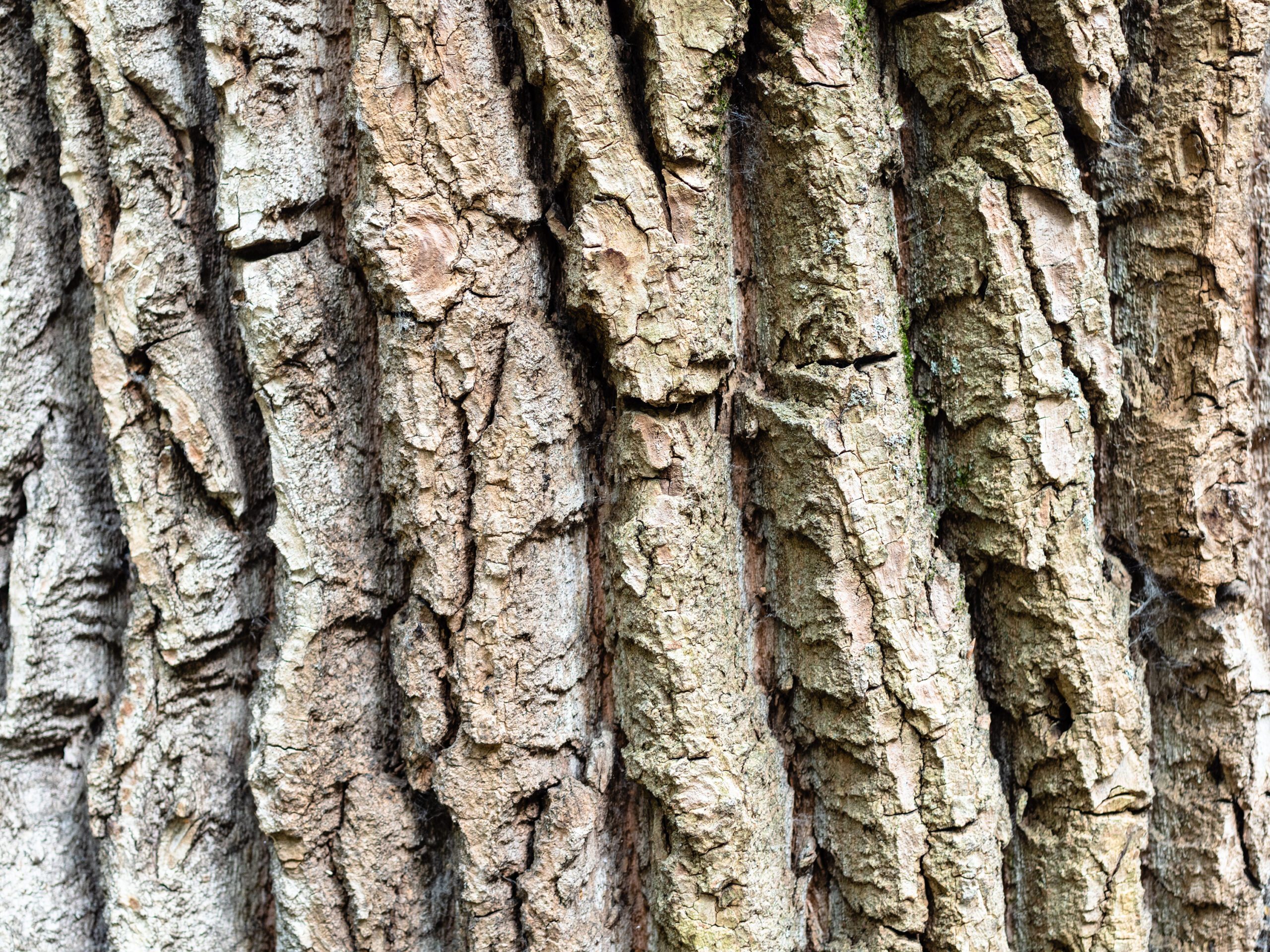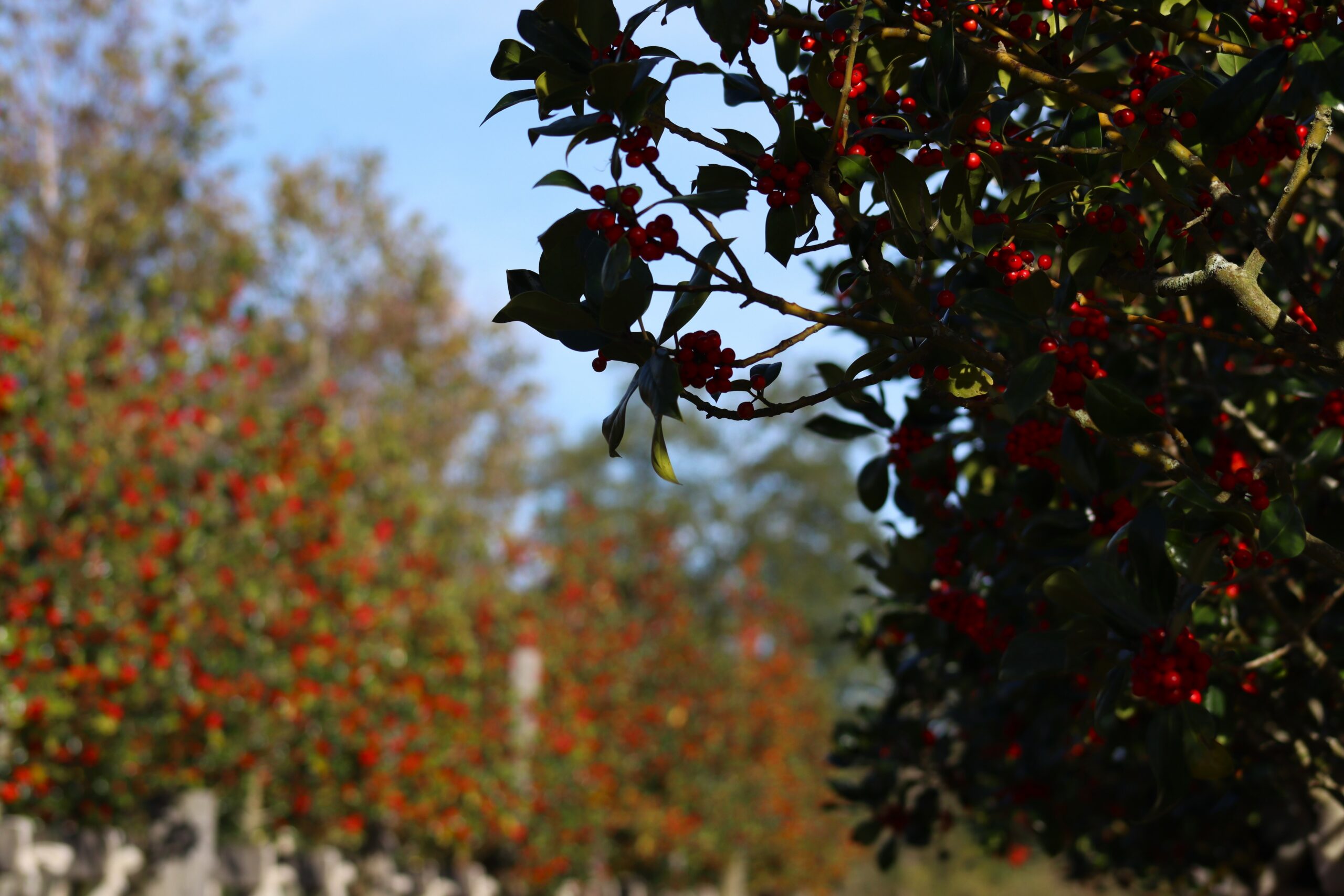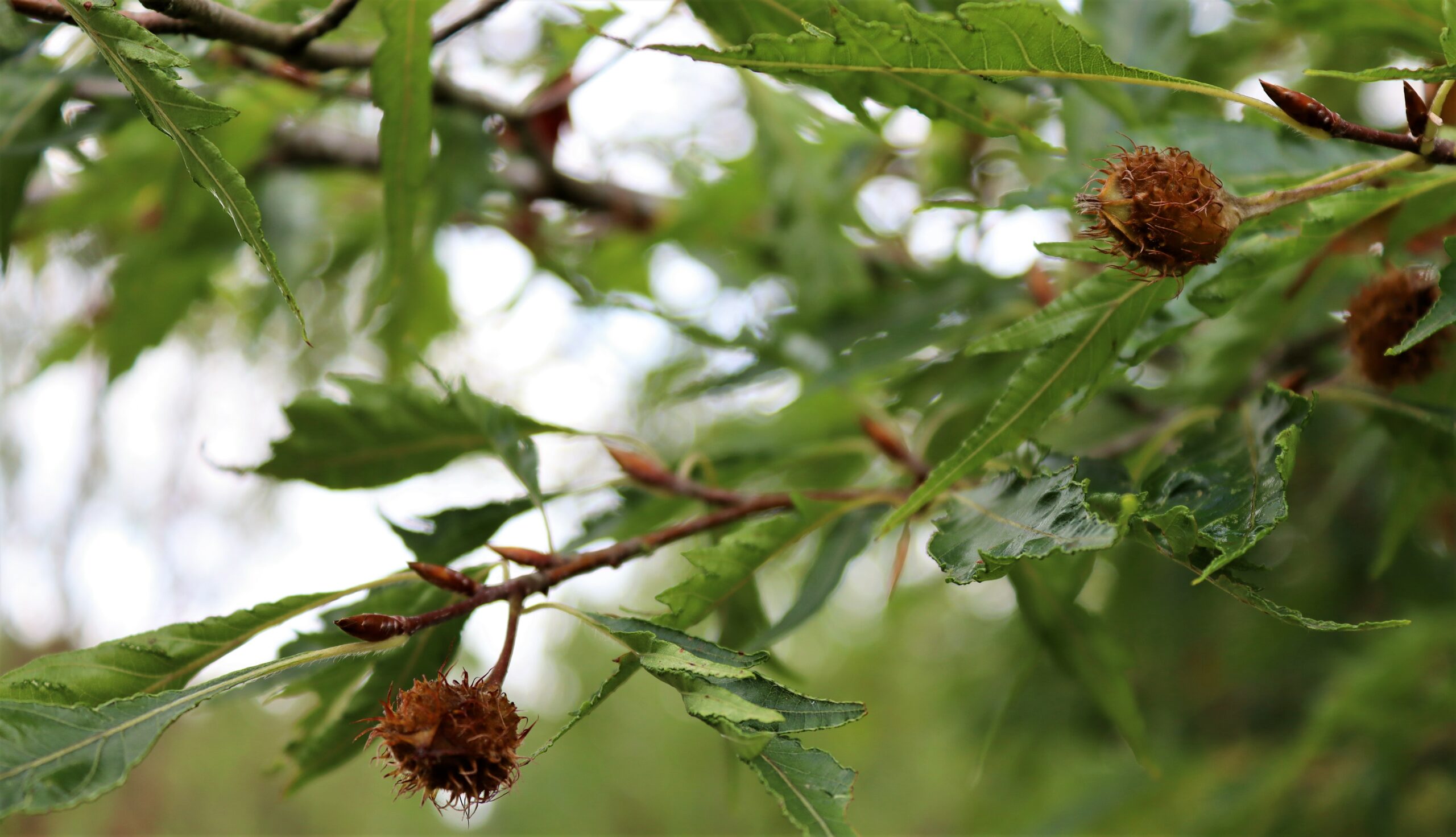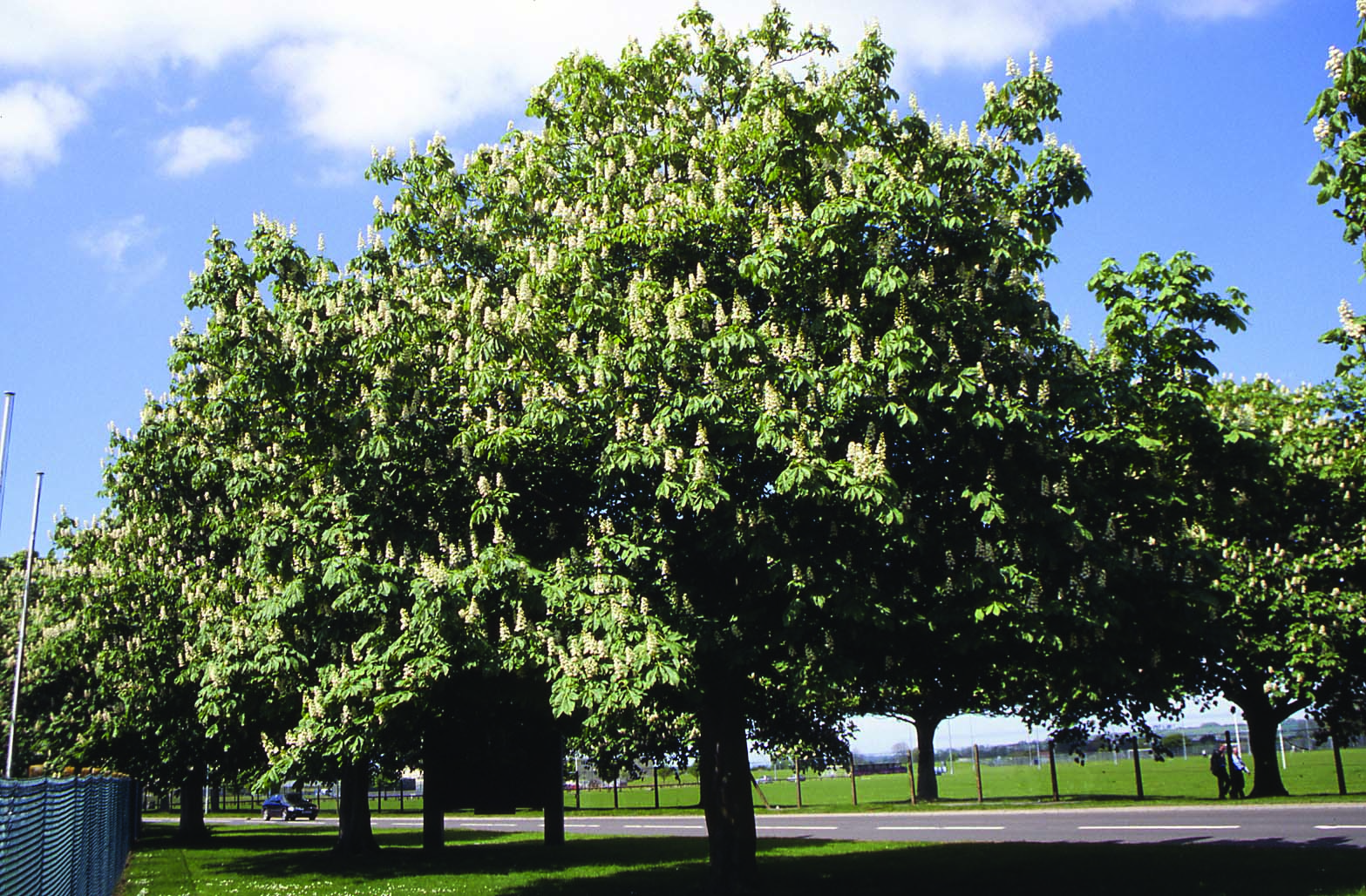Tree Information
Specialities
Tolerances
Wet Soil: Low
Dry Soil: High
Lime: Low
Introduced to England in 1831 by Hon. Leslie Melville, initial plantings of these trees faced challenges, showing signs of decline after three decades. Although suspected to be affected by a fungal infection, the Victorians, captivated by its elegant charm, persisted in planting efforts, leading to successful grown in their estates. Today, new plantings continue to flourish.
Originating from the Himalayas, this tree possesses a pyramidal form in its youth, characterised by a central leader that gracefully arches at its apex. Its lateral branches accentuate the pendulous tips, which become more pronounced as the tree matures and broadens. While its growth rate is slightly lower than typical Himalayan cedars, its unique shape remains captivating.
The foliage consists of clusters of needles, presenting a delightful lemon-green hue that exudes vibrancy. The Aureas variant showcases new shoots in a luminous yellow, evoking the imagery of summer rain. Its allure invites individuals to seek shade beneath its canopy, offering a refreshing retreat even during scorching days.
This enchanting tree is cherished in the UK primarily for its aesthetic appeal, making it a favoured choice for parks, upscale business districts, and distinguished gardens designed by professionals.
Visit our Useful Resources for in-depth guides
Discover guides to help you with specifying your trees, caring for your trees and understanding the weights and dimensions of trees.
Useful ResourcesSize
Large
10m high x 5m wide after 25 years
Environment
Often planted throughout stately gardens and parkways.
Canopy
A graceful canopy featuring a prominent central leader that gently arches at its pinnacle. The lateral branches hang with pendulous tips.
Foliage
Clusters of lemon-green evergreen needles. These can measure up to 5cm in length.
Bark
Cones emerge either individually or in pairs and are a red-brown colour.
Resilience
Prefers a sunny, well-lit location shielded from strong winds. While it thrives in most free-draining soils, it may struggle in consistently wet areas and environments with high pH levels.
Make an Enquiry
Enquire below and speak to one of our expert team. For trades only, for general public enquiries click here.
Find Trees For Your Project
View Our TreesSpeak to a Member of Our Sales Team
Make an Enquiry
